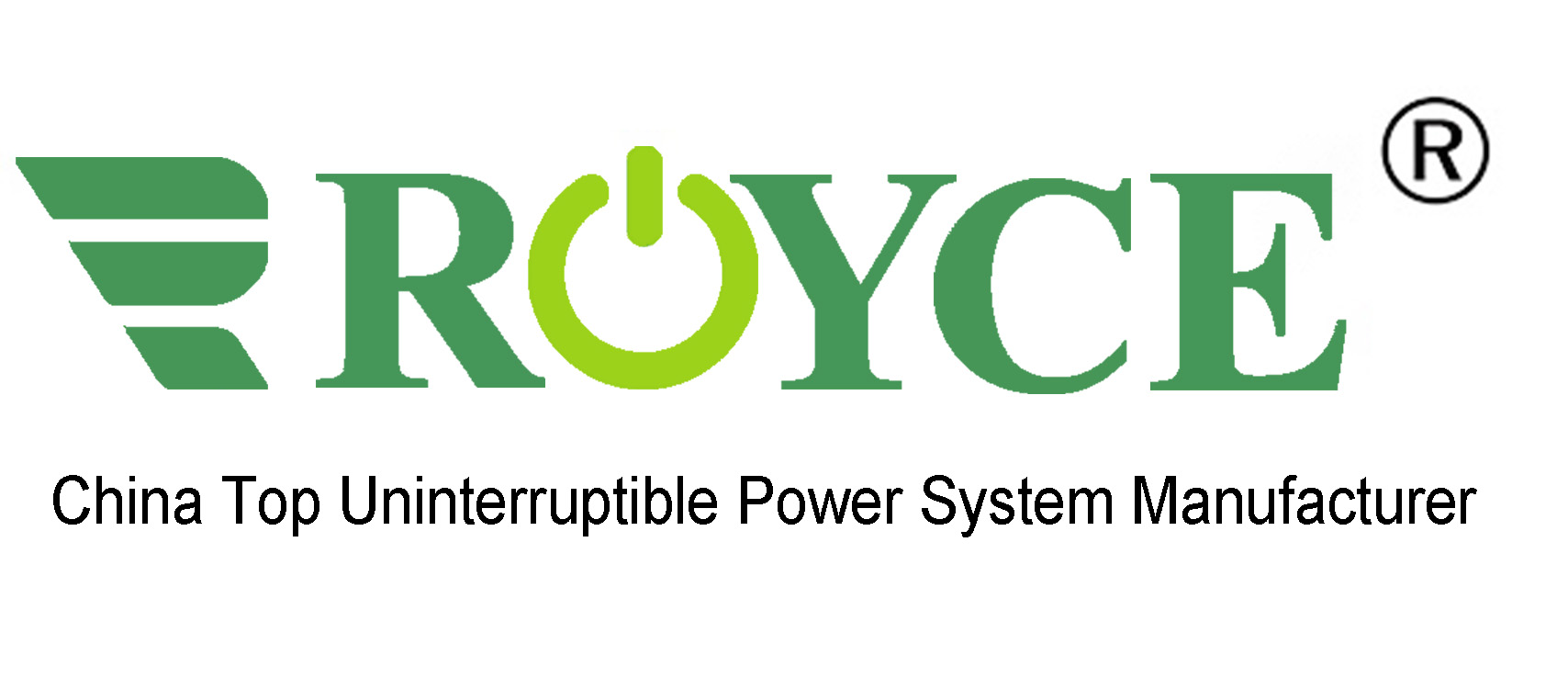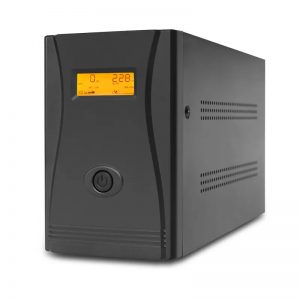A Comprehensive Overview in Uninterruptible Power Supply (UPS) Technology
An UPS is a critical system component that bridges storage batteries, primarily maintenance-free lead-acid batteries, to the host. This intricate system utilizes host inverters and module circuits to convert DC power to mains power, ensuring a reliable power source for essential equipment such as computers, networks, and power-related devices.
Primary Functions
The UPS functions as a safeguard, providing a continuous power supply during unintentional power outages or when mains are cut off. By employing zero-switching techniques, the UPS instantly feeds the load with DC power from the battery via the inverter, preventing damage to hardware and software.
Target Markets for ROYCE UPS
ROYCE UPS targets diverse markets, including medical systems, network systems, network monitoring, and power grid reliability requirements in China. Specifically designed for the challenges posed by medium- and large-scale computer network systems, power frequency pure online intelligent UPSs constitute the third generation of this technology.
Importance for Businesses
For businesses, the guarantee of a reliable power supply is paramount. Traditional maintenance practices, involving daily inspections and routine component replacements, incur high costs and pose challenges in real-time data monitoring. Utilizing online maintenance management can mitigate these challenges, providing more effective outcomes.
Uninterruptible Power Supplies (UPS) play a pivotal role in ensuring continuous power availability for critical applications. Understanding the classifications of UPS systems is crucial in selecting the most suitable solution for specific needs. In this article, we delve into the three primary classifications: Micro DC UPS/Mini DC UPS, Standby (Offline) UPS, Online Low Frequency UPS, and Online High Frequency UPS.
Micro DC UPS/Mini DC UPS: This Type Mini DC Uninterruptible power supply is designed for WiFi Routers, Modems, VoIP Phones and CCTV Cameras etc. With lithium batteries built in, high compatibility, appropriate for the majority of digital items on the market, and 30W, 36W, 45W, 60W, 100W and 120W capacity can support 15v/24v, 24v/48v selectable PoE with overcharge, overcurrent, and short circuit safety function when a device lacks a mains supply.
Standby (Offline) UPS: The Standby UPS, as the name implies, serves as a backup power source. In normal utility power conditions, the load is directly powered by the mains, with the inverter acting as a standby power source. When utility power fails, the load is seamlessly transferred to the inverter. Though cost-effective and simple, the Standby UPS is best suited for non-critical loads due to longer switching times during power transitions.
Online High Frequency UPS: An Online High Frequency UPS, often referred to as a Double Conversion UPS, is a sophisticated uninterruptible power supply system designed to provide continuous and high-quality power to critical loads. In this configuration, the incoming AC power is first converted to DC through rectification. The DC power is then used to charge the batteries and is simultaneously inverted back to AC power using a high-frequency inverter. This continuous double conversion ensures that the load is constantly powered by the inverter, offering seamless protection against power fluctuations, surges, and outages.
Key Features:
- Constant Double Conversion: AC power is continuously converted to DC and then back to AC, providing a consistent and clean power supply to the load.
- High Efficiency: Online High Frequency UPS systems typically exhibit high efficiency levels, ensuring minimal energy loss during the conversion process.
- Isolation from Input Power Issues: The load is isolated from irregularities or disturbances in the input power, enhancing the protection of sensitive electronic equipment.
- Suitability for Critical Applications: Ideal for critical applications such as data centers, medical facilities, and industrial processes where uninterrupted and high-quality power is essential.
Online High Frequency UPS: An "Online Low Frequency UPS," also known as a "Double Conversion Low Frequency UPS," is a type of uninterruptible power supply (UPS) system designed to provide continuous and high-quality electrical power to critical loads. This system employs a double conversion process to ensure a consistent and clean power supply, making it suitable for applications where uninterrupted and reliable power is essential.
Key Characteristics of Online Low Frequency UPS:
- Double Conversion Topology:
- The distinguishing feature of an Online Low Frequency UPS is its utilization of double conversion technology. This means that the incoming AC power is first converted to DC through rectification.
- The DC power is then used to charge the batteries, and simultaneously, an inverter converts the DC power back to AC power at a consistent and relatively low frequency.
- This continuous double conversion process ensures that the load is always powered by the inverter, providing a high level of protection against power fluctuations, surges, and outages.
- Low Frequency Operation:
- The term "Low Frequency" refers to the relatively lower frequency at which the inverter operates. Typically, the output frequency is set to a standard value, often 50 or 60 Hertz, depending on the application and geographical location.
- The low frequency contributes to improved efficiency and reliability, making it suitable for applications that require precise and stable power output.
- Isolation from Input Power Issues:
- Like other Online UPS systems, the Online Low Frequency UPS isolates the connected load from irregularities or disturbances in the input power. This ensures that sensitive electronic equipment receives a consistent and clean power supply.
- Suitability for Critical Applications:
- Online Low Frequency UPS systems are well-suited for critical applications such as data centers, medical facilities, industrial processes, and any environment where uninterrupted power is essential.
- The continuous double conversion and low-frequency operation provide a high level of power quality, protecting critical equipment from potential damage.
- Enhanced Power Conditioning:
- The double conversion process, combined with low-frequency operation, enhances power conditioning capabilities, providing stable voltage and frequency to the connected load.
UPS Major Circuits
A UPS comprises five major circuits, including a bypass, battery, inverter, AC/DC converter rectifier (REC), and AC/DC converter inverter (INV). The rectifier stabilizes the system's voltage, utilizing high-frequency switching rectifiers or thyristors to regulate output amplitude in response to external power variations. The energy storage battery acts as a capacitor, smoothing interference pulses and maintaining frequency stability.
Role of the Converter
The converter plays a crucial role in ensuring frequency stability, with switch controls facilitating everyday UPS power system operations. In the event of a sudden power outage, the energy storage battery provides necessary power to maintain normal production, while rectification allows the grid voltage to supply power during severe overloads, charging the energy storage battery simultaneously.
Conclusion
As technology evolves, UPS systems continue to play a pivotal role in ensuring uninterrupted power for critical applications. The advancements in ROYCE UPS technology underscore the company's commitment to addressing the dynamic needs of various industries. Through comprehensive understanding and utilization of UPS capabilities, businesses can enhance operational efficiency and protect valuable equipment from potential power-related disruptions.
For further inquiries or information on our UPS solutions, please contact ROYCE energy at sales@royce-energy.com. www.royce-energy.com
Follow ROYCE ENERGY Chanel








